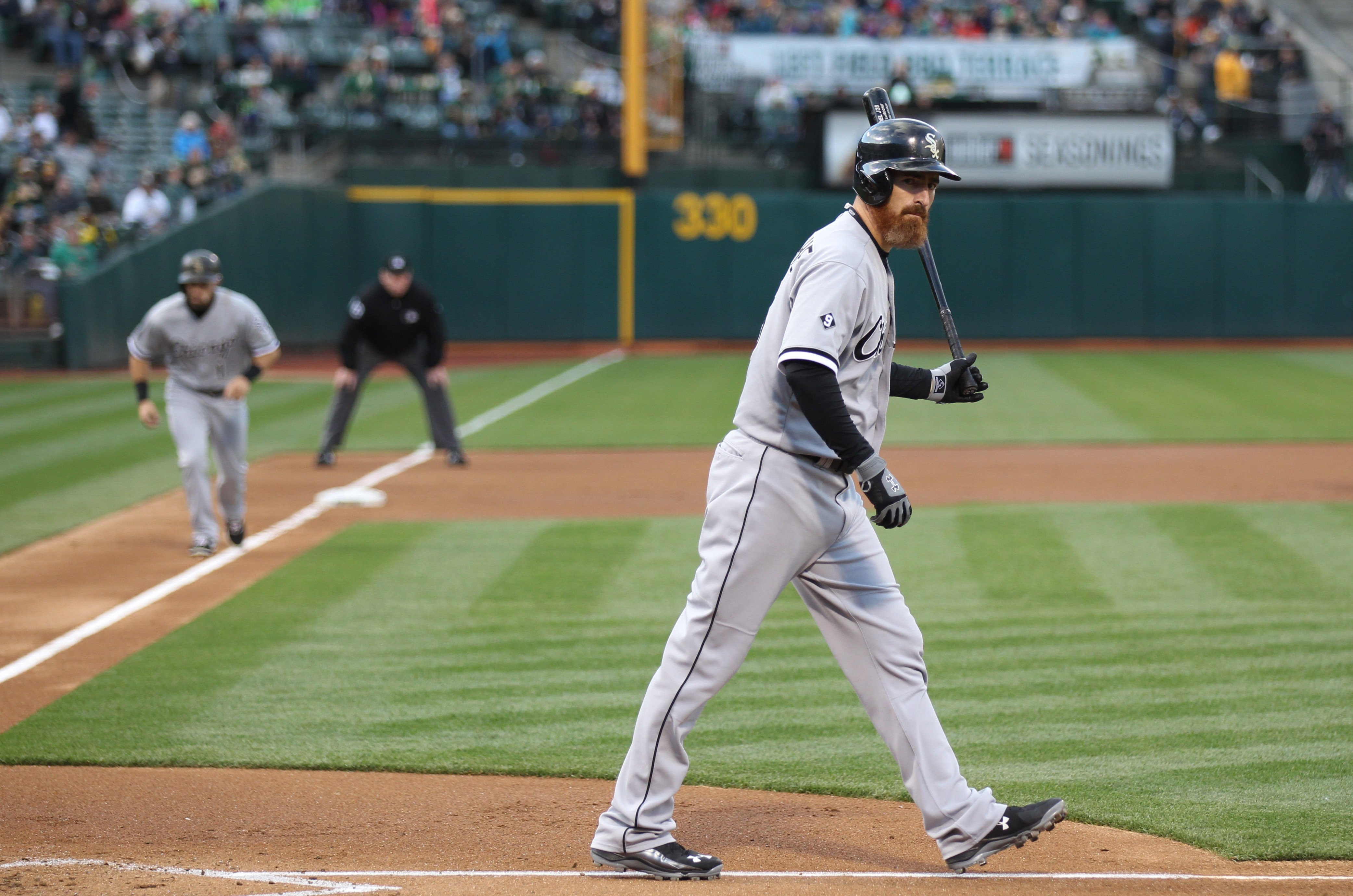With the litany of issues that plagued the White Sox offense in 2015, it would be unfair to pinpoint one specific problem and act as if it were the sole cause of their shortcomings as a team. But the issue we’re going to focus on today is their inability to get on base at a respectable clip and what they did to address it during the offseason.
In 2015, the White Sox ranked 27th in the majors in OBP with a team average of .306, ranking ahead of Minnesota, Philadelphia and San Diego. This is not a new trend, either, as during their playoff drought, which has now reached seven seasons, they have ranked 27th, 20th, 27th, 15th, 15th, 12th and 20th.
Getting on base at a positive rate isn’t a foolproof method to reach the postseason, but it’s certainly helpful. Last season, seven of the top 10 teams in OBP finished .500 or better (Detroit, Boston and Arizona were the outliers), while seven of the bottom 10 teams finished below .500 (Minnesota, LA Angels and NY Mets were the outliers).
The trend continues if you look at the last five seasons, in which 37 of the 50 teams to finish in the top 10 in OBP were .500 or better, while 38 of the 50 teams to finish in the bottom 10 were below .500.
OK, you don’t need me to tell you that a good OBP equals a better chance of success. The point of this post, however, is to examine how the White Sox improved their ability to do just that in 2016.
In 2015, the White Sox had eight players who made 360 plate appearances or more. Of those eight, four finished the season with an OBP below .300. If you include three other part-timers who had more than 200 plate appearances (Tyler Saladino, Gordon Beckham and Geovany Soto), the number increases to six of 11 players posting an OBP below .300. The league average OBP in 2015 was .317 and, of those 11 players, the only ones to finish the year with an OBP better than that were Jose Abreu and Adam Eaton. (Melky Cabrera was close, at .314).
It’s pretty easy to see why the White Sox ranked 27th. So what did they do to improve on that ranking?
Of the eight players with significantly below-average OBPs in 2015 (we’ll exclude Cabrera because he was close) the only ones who remain on the roster in 2016 are Saladino, Adam LaRoche and Avisail Garcia. And of those three, only LaRoche is in line to begin the season as a starter (and may end up splitting at-bats with Garcia anyway).
At each of the positions of weakness, the White Sox brought in a player with a superior OBP than the person who played their a year ago. Considering they failed to land any marquee free agents, and instead settled for trades and small deals for the likes of Austin Jackson, Dioner Navarro and Alex Avila, that’s not too shabby.
What’s odd is that none of the new acquisitions are known for having an extraordinary ability to get on base. But the threshold for improvement was so low that although Todd Frazier’s OBP isn’t what makes him the valuable upgrade he is at third base, it still winds up being a net positive in that department. Take a look at the White Sox OBP at key positions in 2015, as well as the PECOTA projections for their replacements in 2016:
Catcher
2015: Tyler Flowers – .295
2016: Alex Avila – .334, Dioner Navarro – .314
Second Base
2015: Carlos Sanchez – .268
2016: Brett Lawrie – .317
Third Base
2015: Tyler Saladino – .267, Gordon Beckham – .275, Conor Gillaspie – .276
2016: Todd Frazier – .313
Shortstop
2015: Alexei Ramirez – .286
2016: Jimmy Rollins – .303
Outfield
2015: Avisail Garcia – .309
2016: Austin Jackson – .319
As you can see, while the replacements aren’t necessarily OBP machines, they all represent an improvement from 2015.
As a team, PECOTA projects the White Sox to get on base at a rate of .320 in 2016, a number that would have ranked 15th in the majors last season, and would represent a 14-point jump from last year’s number.
In sum, it’s obvious that the White Sox had nowhere to go but up when it came to getting on base in 2016. And while it’s true they could have further helped themselves by signing one of the marquee free agents, the fact that the team was able to boost its OBP projections, however small, while their focus remained on improving their defense and power output (while staying within a very strict budget) can only benefit a team that will likely need every bit of help if it wants to leap into playoff contention in 2016.
